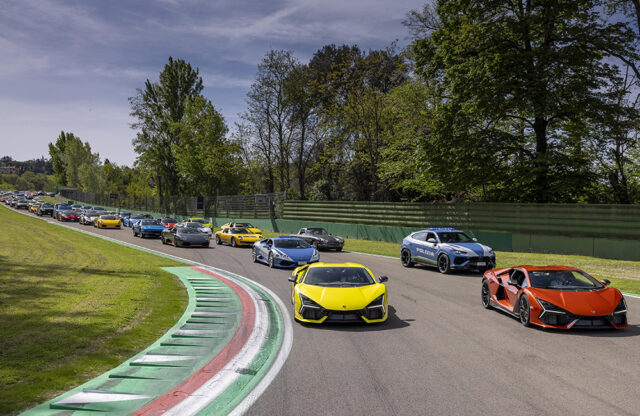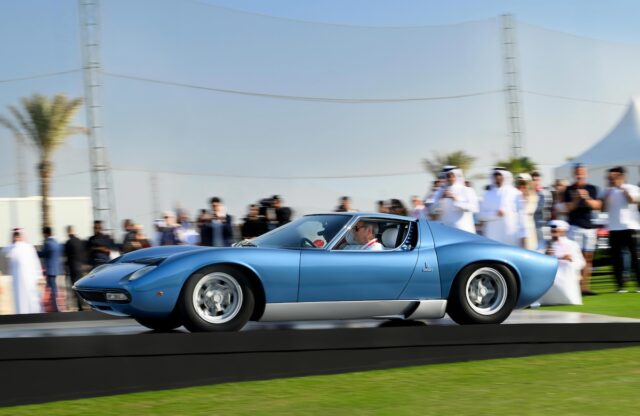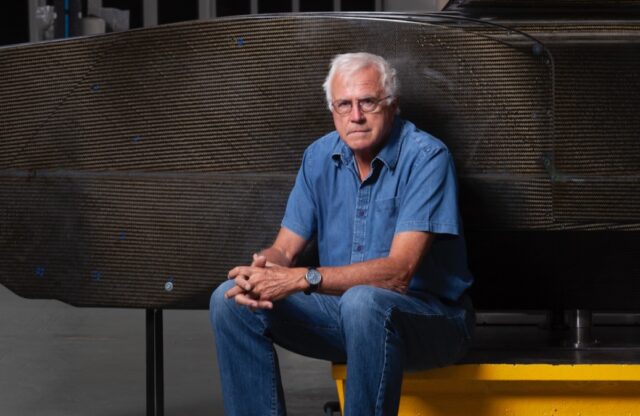Lamborghini is no stranger to the track – from GT racing to F1, the Bull has graced race tracks the world over. However, its new Temerario GT3 has been designed, developed and will be built at the Sant’Agata Bolognese factory – a first for the marque.
Company founder Ferruccio Lamborghini declined to go racing officially, seeing it as a distraction from the road car business. This was despite Ferruccio being no stranger to competition, even if not successfully – his 1948 entry into the Mille Miglia ended abruptly, lodged in the front of a restaurant.
With the experience not something to dine out on – much like the front of the restaurant, one presumes – it was left to privateers to take up the mantle, though its efforts didn’t progress much further than Ferruccio’s – in 1970 a Miura was built for a Belgian duo for the Spa 1000km but it didn’t race, and in 1971 a Miura Spyder was campaigned by Thierry Gore across Europe. A 1975 attempt on Le Mans in a 400GT came to an end in practice.
It would take 31 years before another Lamborghini would trouble the ACO’s entry list, though the Diablo Jota GT1 LM and Jota JGTC came close.
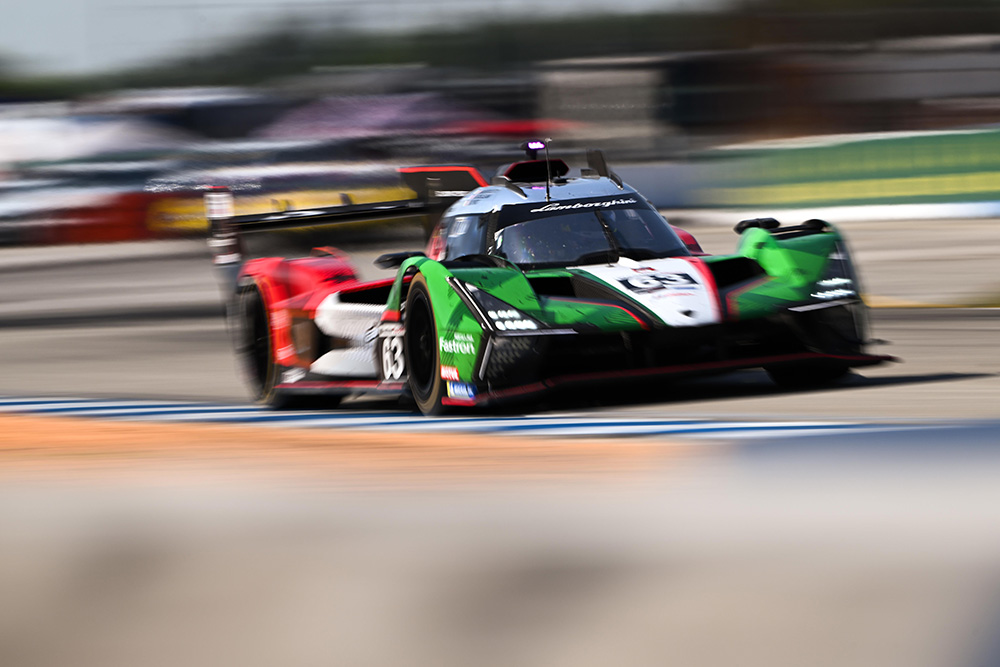
In the meantime, Chrysler’s ownership of Lamborghini would see the famous name in F1 courtesy of Larrouse, Ligier and – briefly in one test for Ayrton Senna – a McLaren. There were other projects too, such as the Countach QVX Group C project, the brainchild of Britain’s importer and Spice Engineering, and the Diablo SV-R – the first Lamborghini built for motor sport, for a one-make racing series called the Supertrophy.
In the 2000s, Lamborghini would go racing again via the Murciélago R-GT, a collaborative project between Reiter Engineering and Audi Sport. This set in motion a rapid development of racing cars, for Lamborghini’s own Super Trofeo series, but also for GT3 competition, and for the past two years it has competed in the LMDh sports prototype series with the SC63 (pictured above).

However, the unifying feature of all these projects has been that Lamborghini has historically farmed out the development of its cars to third parties. The new Temerario, which was designed to be adapted for motor sport from the outset, Lamborghini claim, will be the first racing car directly produced by the factory – and it’s understandable why.
“Following the sporting and commercial success of the Huracán GT3 project, with which we won 96 championships and sold [more than] 200 units, we have always envisioned racing derivatives from the very inception of the Temerario project,” said chairman and CEO Stephan Winkelmann. “The Temerario GT3 will set a benchmark for its competitors, just as the road-going Temerario has.”
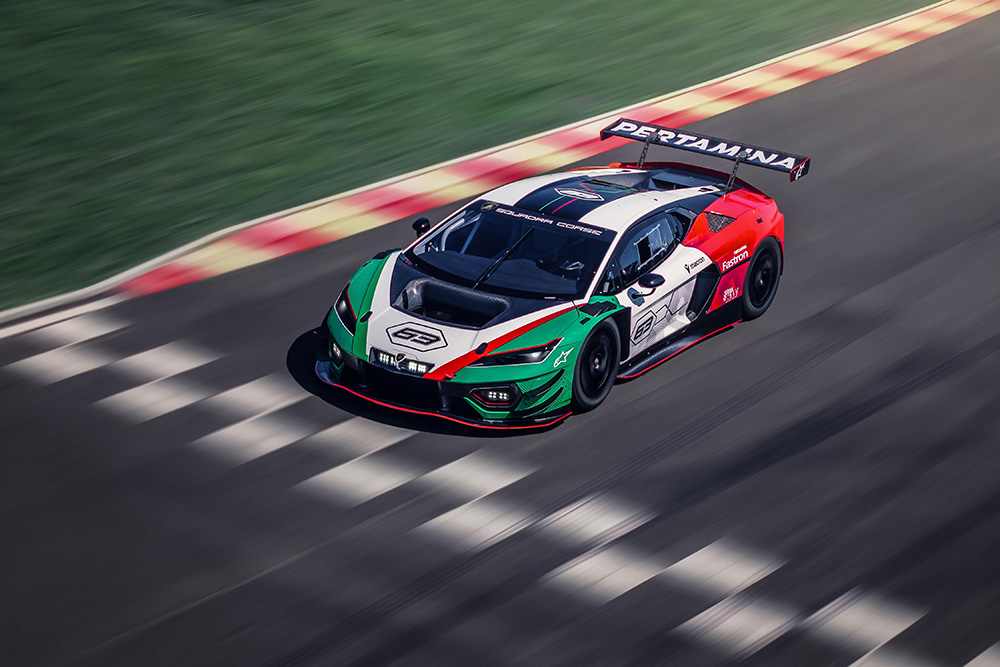
Lamborghini has lightened a simplified the chassis, with the front and rear subframe construction optimised for quick on/off procedures during pitstops. With the hybrid unit not fitted, the engine and transmission are easily accessible via the rear subframe, while upfront the front subframe has been modified to account for the lack of electric motors.
The engine itself is a development of the production car’s 4.0-litre twin-turbocharged V8 in un-hybridised form due to GT3 regulations banning electrical assistance. Lamborghini says the road car’s powertrain was designed in a way to anticipate this, such as the use of a flat-plane crankshaft with a 180º angle between the crankpins. The engine also uses titanium conrods for reduced weight.
The gearbox is a transverse-mounted six-speeder, while the turbochargers are actually smaller than those in the production model; the exhaust system was created by Capristo. Due to GT3 regulations and Balance of Performance, the Temerario GT3 produces 550bhp compared to the road car’s 800bhp. There’s also a new fuel sensor for more accurate readings, as part of a wider system redesign that increases flow rate into the tank.
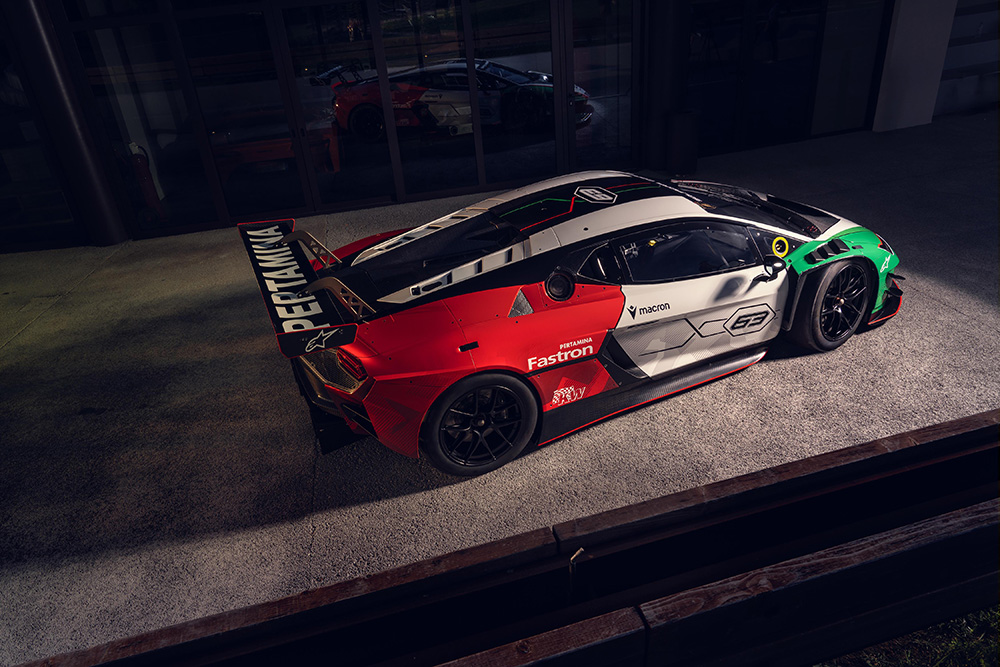
The racing Temerario benefits from the road car’s wider track and longer wheelbase, with the aim being better corner stability. KW has developed a six-way adjustable damper system, which use mounting plates rather than carbon inserts (as in the Huracán), as part of a redesign intended to shorten pitstops and setup changes. There’s also a custom hydraulic steering rack for tyre and suspension geometry tweaking.
The interior has also been developed with the aid of factory drivers Marco Mapelli and Andrea Caldarelli with the aim of optimising ergonomics, control layout and general usability, with a specifically developed steering wheel and data logger. Lamborghini has also developed specific software for the Temerario GT3.

The exterior uses carbon composite material, the first time for a Lamborghini GT3 car, as part of a collaborative effort between Lamborghini Centro Stile and Squadra Corse. With the hybrid system gone, drastic changes were needed to not only improve drag and downforce challenges, but also adapt the car for engine and brake cooling needs. Airflow to the radiators has been improved, as have the radiators themselves. The loss of the hybrid system puts more stress on the turbochargers, Lamborghini says, so better airflow was a key consideration.
The bodywork has also been designed for quick disassembly and assembly for quicker pitstops if a repair is needed. The rear diffuser, engine cover and bonnet are quick-release items, and the front lights have a quick connector system. The floor comes apart in four separate parts, with two sections ahead of the front axle, one in through the centre of the car and then the rear diffuser. The centre section has been designed in a way that it can be changed why the car’s on air jacks.
Development of the Lamborghini Temerario GT3 will continue to part-way through the 2026, though it’s anticipated the car will make its competitive debut at the Sebring 12 Hours in March. More information can be found here.


